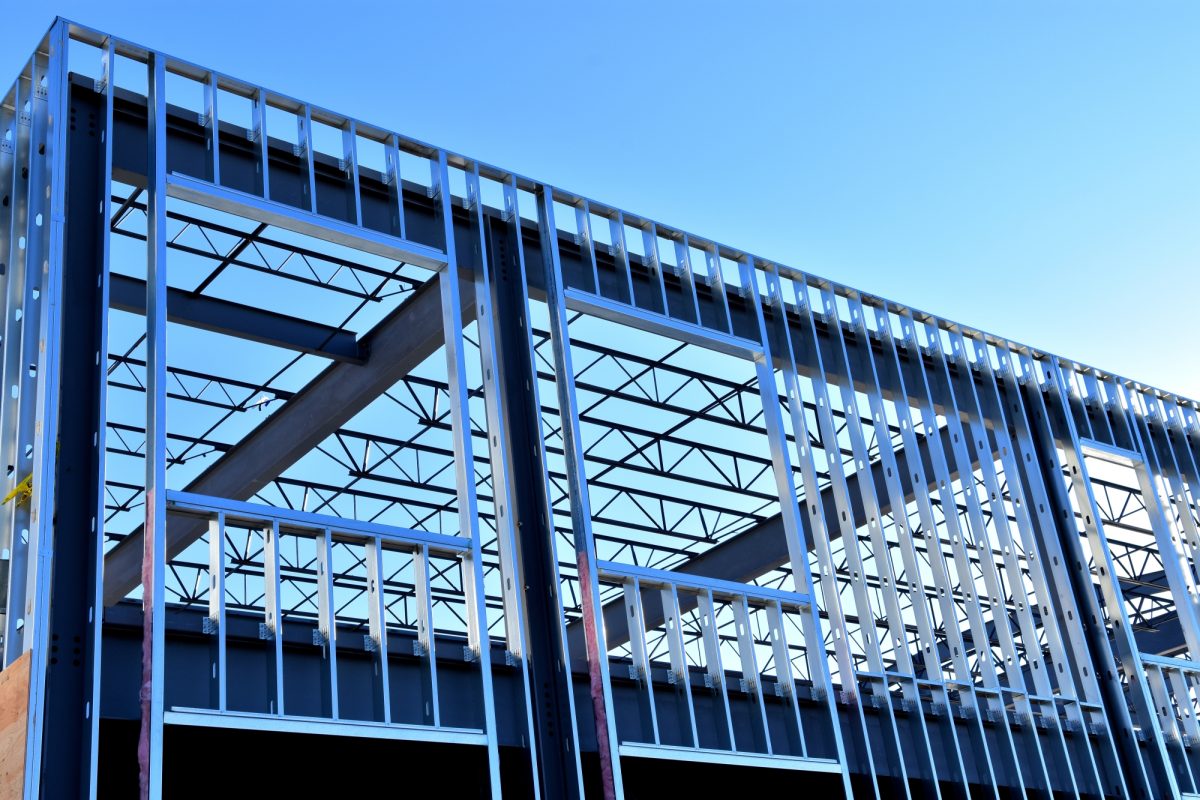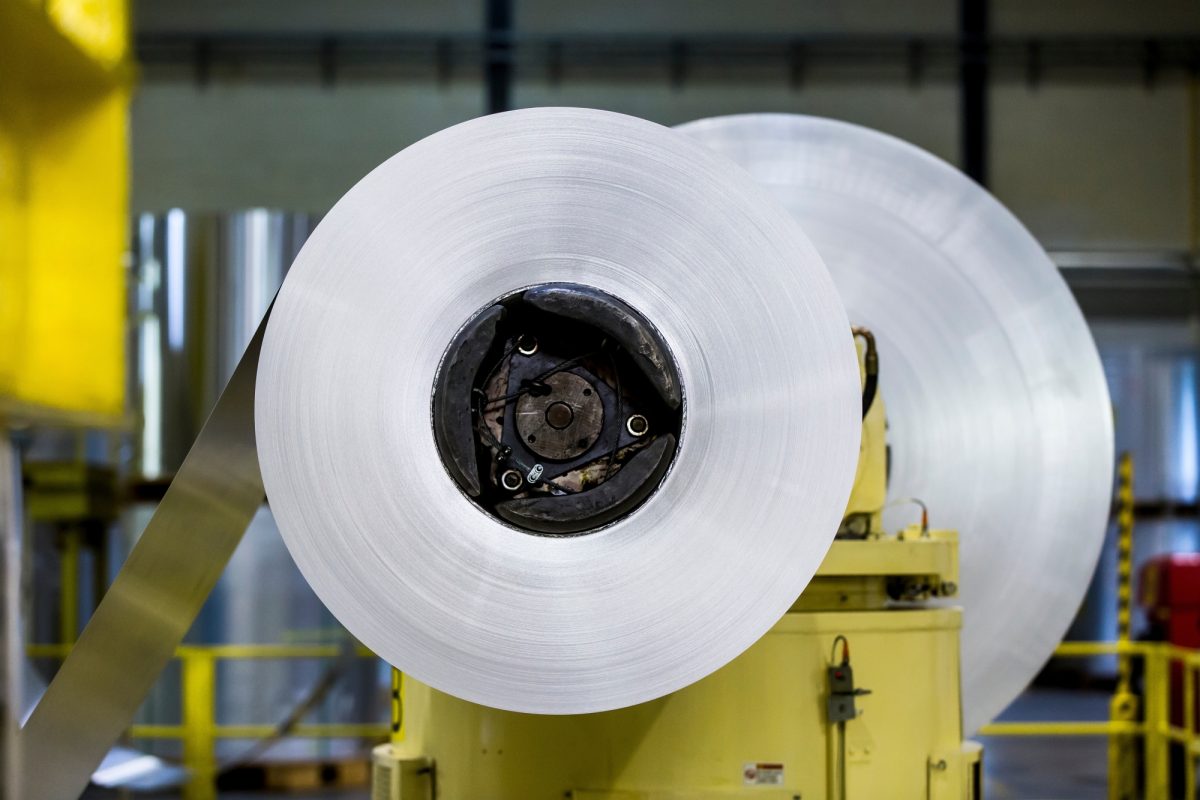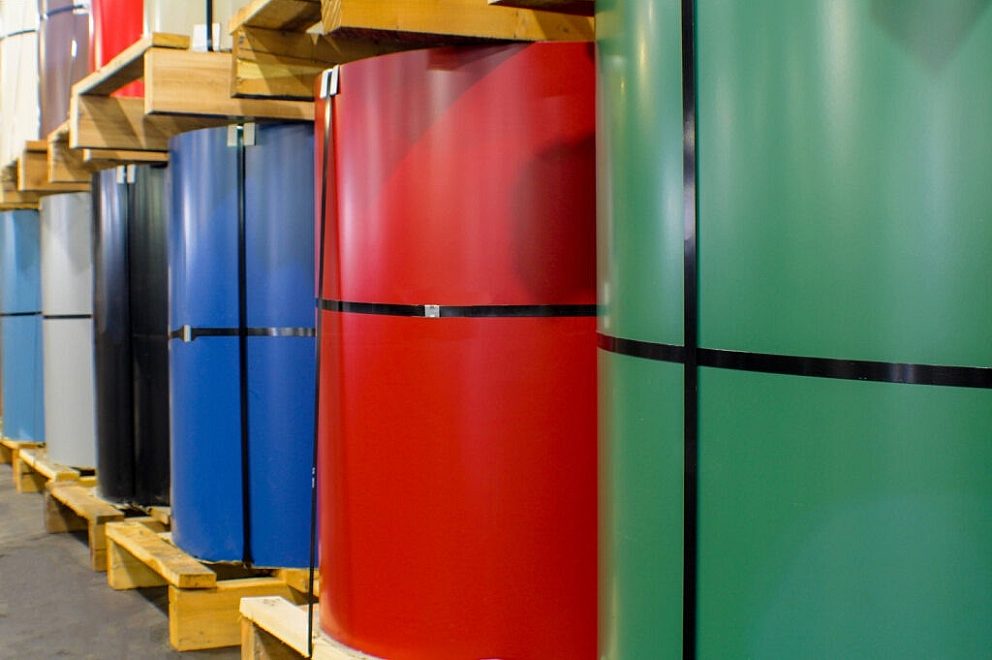The Advantages of Steel Framing in Commercial and Residential Construction

When it comes to building smarter, faster, and more sustainably, steel framing is quickly becoming the go-to choice for contractors and developers alike. Whether you're breaking ground on a large commercial facility or designing a modern home, the framing material you choose sets the tone for the entire build. Steel offers a unique blend of strength, precision, and long-term value that’s hard to beat, and it’s changing the way we think about construction from the ground up.
Strength That Stands the Test of Time
One of the biggest advantages of steel is its strength-to-weight ratio. According to the Steel Framing Industry Association (SFIA), the strength-to-weight ratio of steel studs is up to seven times greater than that of dimensional lumber – ideal for both large commercial projects and tight urban builds.
Light gauge steel framing (also known as cold-formed steel) doesn't warp, twist, or shrink, which helps ensure walls remain straight and plumb over time. This dimensional stability translates into fewer warranty callbacks and lower long-term maintenance costs for builders and property owners.
Consistency You Can Count On
Because steel is manufactured to strict tolerances, you get uniform dimensions in every stud, track, and joist. Wood, on the other hand, can vary widely based on species and moisture content. This precision helps speed up installation and reduces material waste.
For builders working on tight timelines, this can be a game changer – especially on multi-family or large-scale commercial projects.
Better for the Environment
Steel is one of the most recycled materials on the planet. In fact, per the American Iron and Steel Institute (AISI), more than 90% of the steel used in framing products is made from recycled content, and it can be recycled infinitely without losing its strength.
Unlike wood, steel framing doesn’t contribute to deforestation, and its precise fabrication results in less scrap on the job site. Additionally, cold-formed steel does not absorb moisture, helping to reduce the risk of mold growth – which is especially important in hospitals, schools, and residential buildings where air quality is a top concern.
For projects seeking Leadership in Energy and Environmental Design (LEED) certification or aiming to reduce their environmental footprint, light gauge steel framing is a smart, sustainable option.
Resistant to Pests and the Elements
Termites and other pests cause more than $5 billion in property damage each year in the U.S. alone – and most of that damage isn't covered by insurance. Steel is naturally termite-proof, giving it a big advantage over wood in pest-prone areas.
It's also non-combustible, which can help reduce fire risk and even lower insurance premiums in some cases. According to the Insurance Institute for Business and Home Safety (IHBS), structures framed with steel may qualify for lower fire risk ratings, potentially improving overall insurability.
In coastal or high-humidity environments, steel also holds up better than wood, which can swell, rot, or decay over time. That means fewer repairs and longer-lasting structures.
Flexibility in Design
Steel framing lends itself well to both traditional and modern architectural styles. Because it can be engineered to meet specific load-bearing and dimensional needs, designers have greater freedom to include wide-open floor plans, high ceilings, and curved or angled walls without compromising structural integrity.
Advanced tools like Building Information Modeling (BIM) make it easier than ever to design, fabricate, and install light gauge steel framing systems with exact precision – streamlining the entire construction process.
Why Builders Are Making the Switch
So, why use steel studs instead of wood? Simply put: steel offers better performance across the board. It’s stronger, more consistent, more sustainable, and more resistant to fire, moisture, and pests. And with rising lumber prices and ongoing supply chain challenges in the wood market, many builders are finding steel to be the more cost-stable, future-ready solution.
According to a 2023 cost analysis from BuildSteel, cold-formed steel framing is now cost-competitive with wood in most major U.S. markets, especially when labor, material efficiency, and lifecycle costs are factored in.
Your Trusted Steel Framing Partner
At Mill Steel, we’re proud to supply high-quality light gauge steel framing products to customers across the country. Our nationwide distribution network, reliable customer support, and easy-to-use online tools make it simple to keep your project on track.
Whether you’re a framing distributor, contractor, developer, or general builder, you can count on Mill Steel to deliver the materials and service you need to build with confidence.
Interested in learning more about the benefits of metal framing? Explore our framing solutions or contact our team today.


